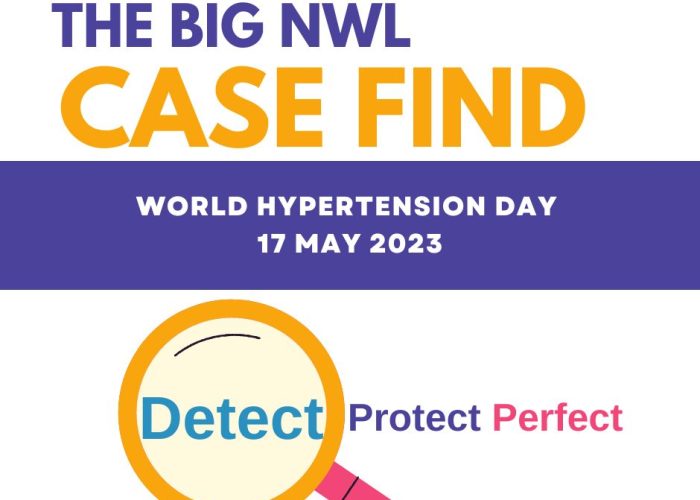
Andi Orlowski, ICHP’s Deputy Director of Business Intelligence, shares his expertise on the role of ‘Joint Strategic Needs Assessment (JSNAs)’ in setting the population health agenda.
The first step in population health intelligence is to understand the needs of the population as a whole, as well as the sub populations within it. Larger geographies (sustainability and transformation partnerships and integrated care system [ICS]) must consider needs within the CCGs, local authorities and communities that make up their health economy. This information may already be available in the form of a joint strategic needs assessment (JSNA).
For the past decade, JSNAs have been the mechanism by which health and wellbeing boards determine the health and care needs of their local population and identify priorities for commissioning services. Our Business Intelligence team systematically reviewed the JSNAs of the eight CCGs/boroughs in North West London to better understand how population health priorities aligned across the ICS. We believe this approach can help inform ICS system leaders about their local priorities (as seen by their geographies) and where population needs are aligned. Here’s how we did it.
Knowing where alignment or variation lies is key to enabling system leaders in the STP, CCGs, local authorities and Public Health to better understand what specific population needs are driving their neighbouring health economies and where there is opportunity for closer alignment and collaboration.
So we asked the following questions:
- Which population health data are reported in JSNAs?
- Which population health needs are identified as priorities by the health and wellbeing boards?
- Where are the areas of overlap in population health needs identified across NWL boroughs?
- To what extent are local priorities aligned with delivery areas listed in the NWL Sustainability and Transformation Plan?
See the executive summary slide deck here.
Here at ICHP, our Business Intelligence team excels in (and enjoys!) the analytics of population health management (give us some exciting risk stratification, pretty segmentation, dashboard creation or – my personal favourite – impactibility analysis and we are super excited for weeks!), but always with the understanding that the focus needs to be on the population in order for this work to have the impact that the system demands.
The JSNA analysis is a great start on the population health analytics journey. Of course I can talk about variation, gap analysis etc. for weeks, but a JSNA analysis is a relatively quick and simple piece of work that draws on the existing knowledge and strength of our partners and collaborations.
We are keen to partner with ICSs on population health analytics. If you’re interested, please contact me for more information. We will of course share all of our work and methodology for free with our NHS colleagues.



